|
|
fasten 发表于 2019-1-19 09:39: s: C8 ]$ f5 I0 m$ g0 Q Q+ Y
42.3 For an appliance using a cord swivel construction, the test described in 42.2 is to be conducte ...
7 W, z6 _3 w, [& z2 G3 t! L' k/ y49.2 Each sample is to be mounted in a guide with a 1/4 pound (113 g) weight attached to the cord 8
3 ~( P9 U: |. U) Winches (203 mm) from the cord entry hole so that the unit can be rotated 540 degrees about the axial) {8 y0 Y9 } x2 |5 i6 V" i
center of the cord. A typical arrangement is shown in Figure 49.1. The rate of flexing is to be 10 cycles
* K7 c* W! V2 T7 I* A/ tper minute, where 1 cycle is equivalent to three complete rotations as defined in Note (a) of Table 49.1,! N. y$ J0 b, ]' |7 `- }. k5 |' x
resulting in a rotational speed of 30 rotations per minute. During the test, the supply cord conductors of
. C9 v& _0 Q W3 N) ]* Z" u. ~; cthe sample are to carry current equal to the current rating of the appliance at rated voltage. The ″as
4 Z5 s( N; t3 S/ j/ j3 Y2 ^received″ samples are to be subjected to the number of cycles of flexing specified in Table 49.1. The
$ E+ ~. E6 a0 a7 uconditioned samples of a hand-supported hair-drying appliance are to be subjected to 1,000 cycles of+ n1 ?+ P. x, t* H2 O- z" B, \
flexing.
0 g# r* N" Z/ C i$ U/ E' f! j# JException No. 1: With the concurrence of all concerned, the attached weight may be other than 1/4 pound,
T" P0 k z7 x" F* oadjusted such that the cord is held taut and the intended flexing action is produced.
" w, X2 |% R: VException No. 2: With the concurrence of all concerned, the rate of rotation or cycle rate may be greater& z; k a; K- m" M( i5 u2 r7 J7 E
than specified
. F7 x9 ]* a" M6 ]* z; C9 G p/ \6 u8 t* j5 C; o
这里只是描述测试方法,没说转尾在线上吧? |
|



 窥视卡
窥视卡 雷达卡
雷达卡 发表于 2018-8-2 09:37
发表于 2018-8-2 09:37
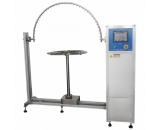

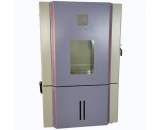



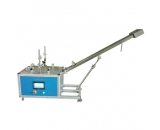

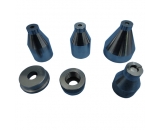






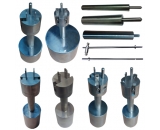
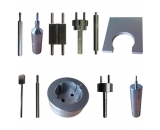
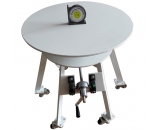
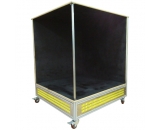

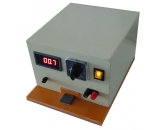
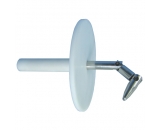
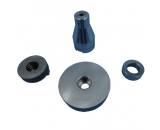
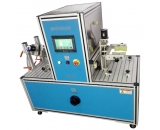
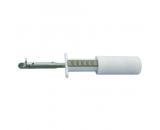
 提升卡
提升卡 置顶卡
置顶卡 沉默卡
沉默卡 喧嚣卡
喧嚣卡 变色卡
变色卡 抢沙发
抢沙发 千斤顶
千斤顶 显身卡
显身卡 楼主
楼主 发表于 2019-1-19 09:39
发表于 2019-1-19 09:39














